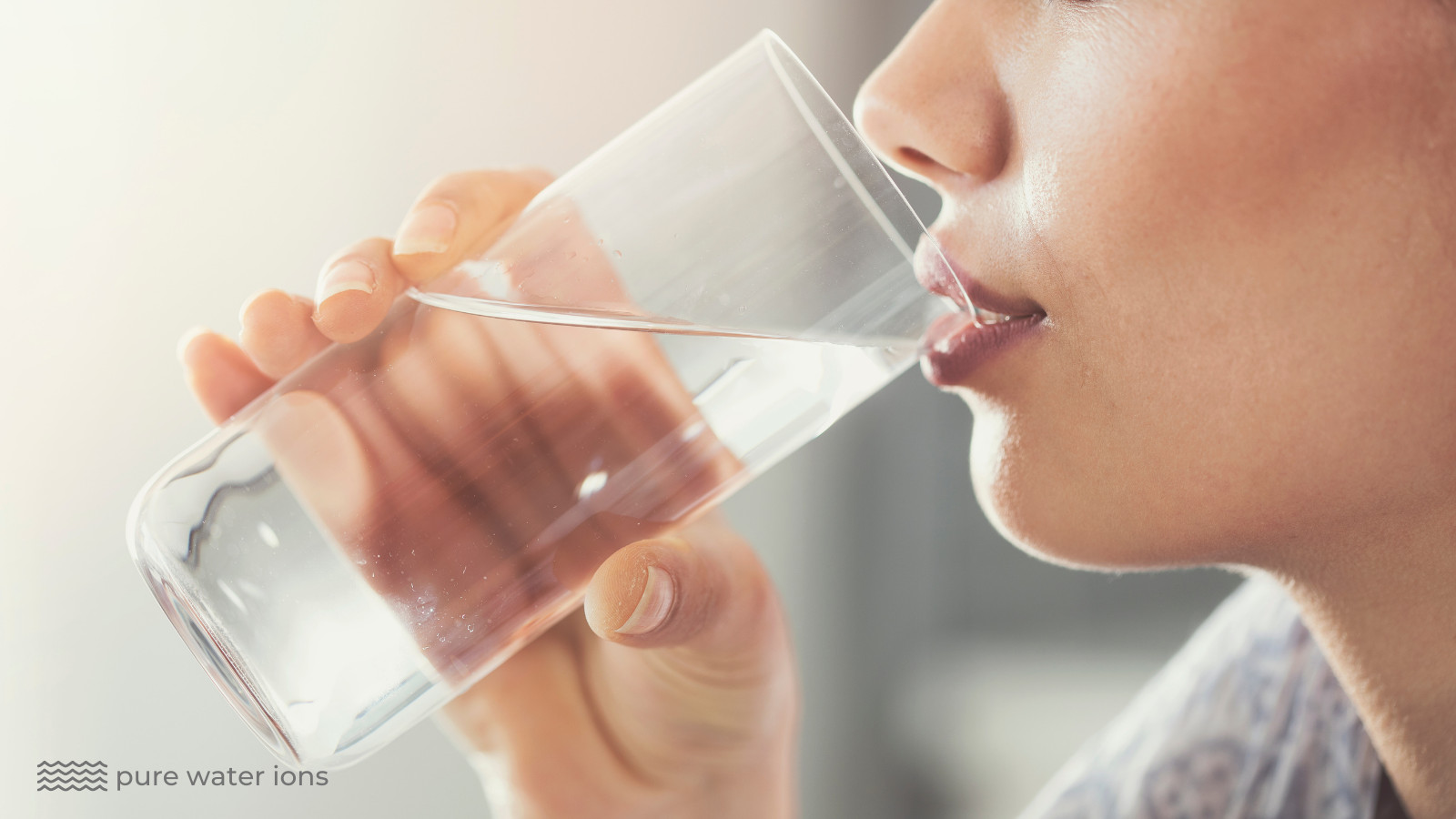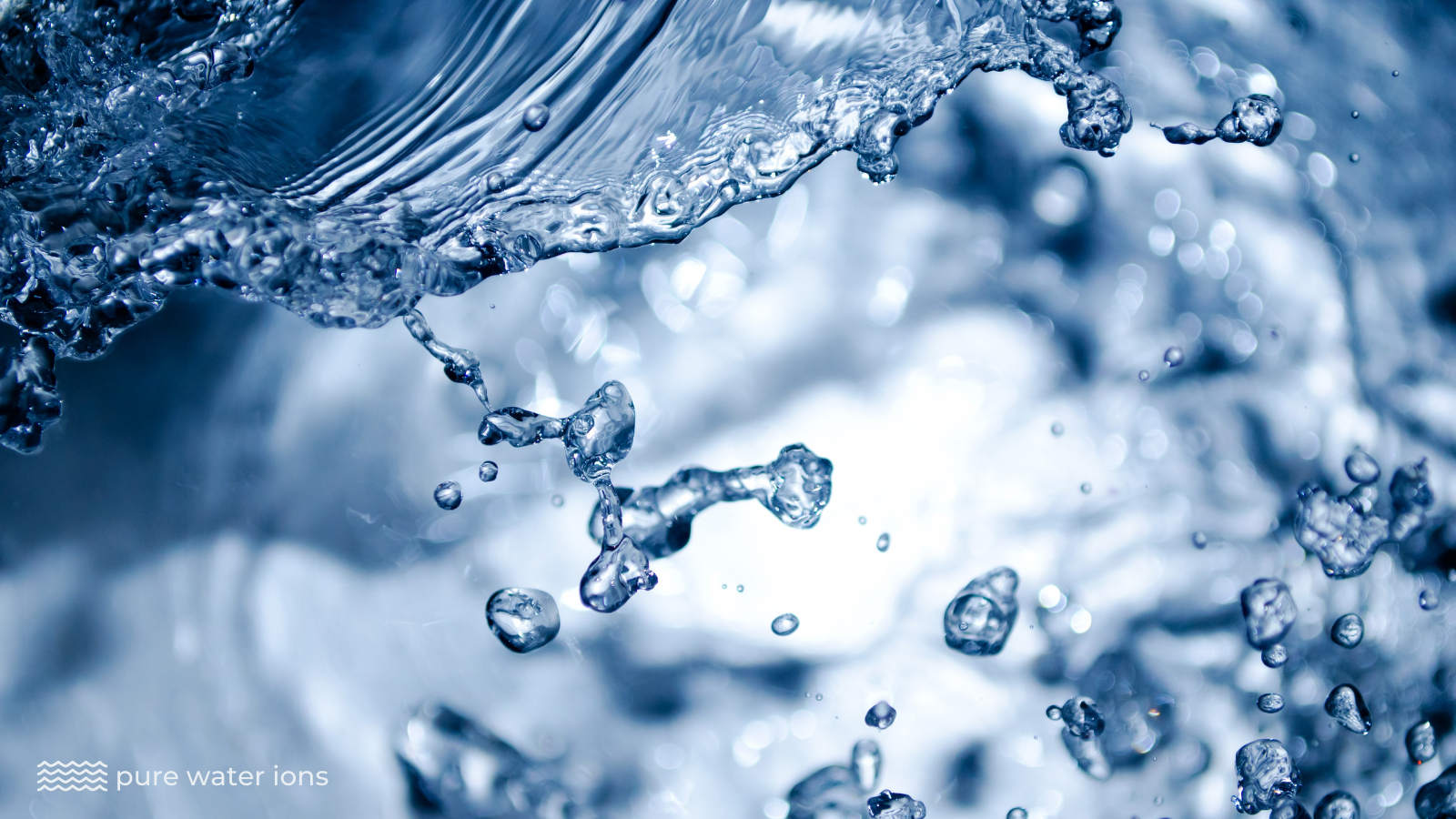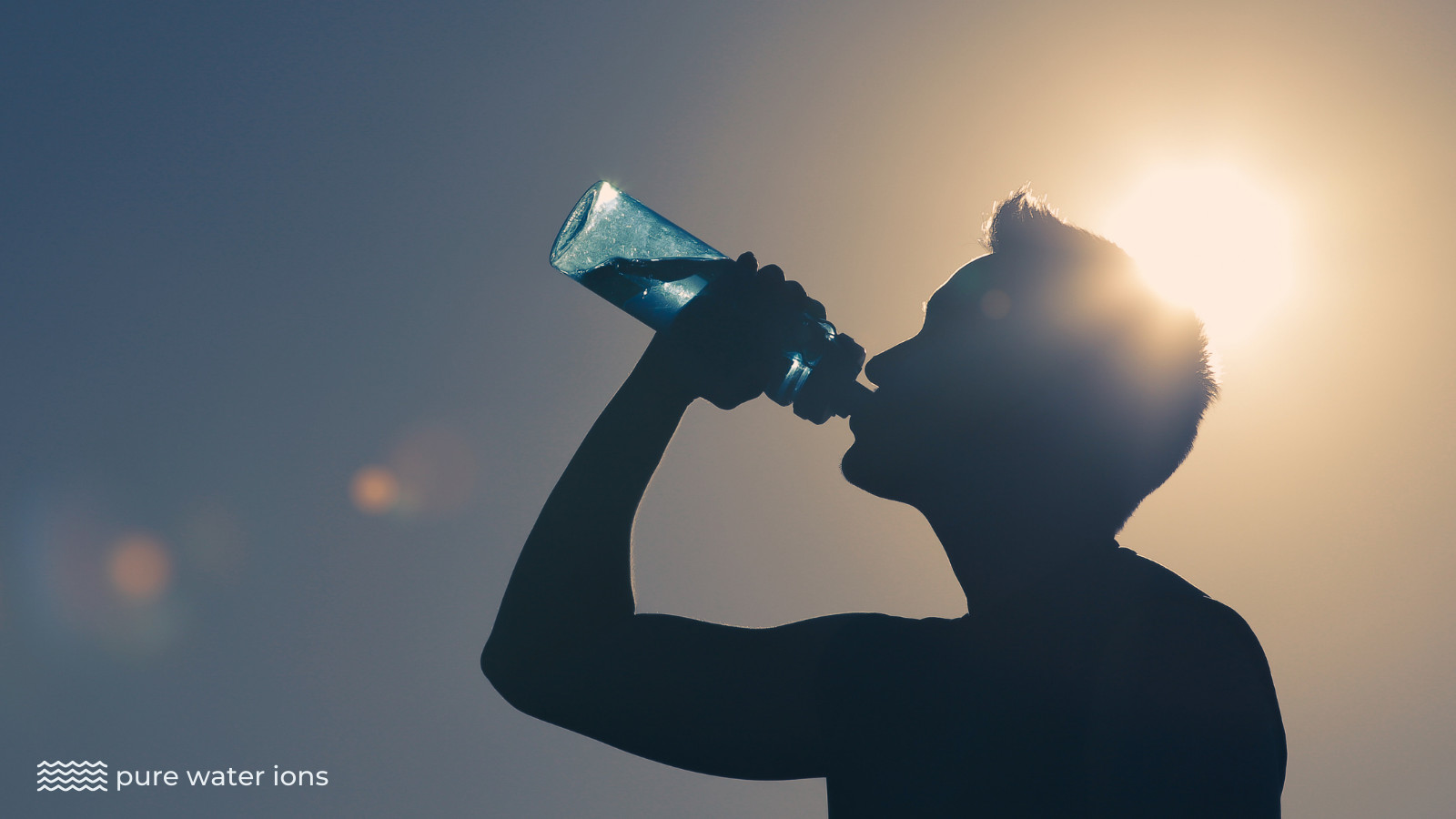
Have you invested in a water ionizer and want to know how to clean the device? You’re in the right place. This article will cover how to perform an automatic clean, manual clean, how to use a cleaning kit, and an ionizer citric rinse. Water ionizers need to be cleaned regularly to ensure proper performance and to prolong their lifespan. Here’s how to clean a water ionizer, see below.
Jump to Content
Automatic Cleaning | Manual Cleaning | Using a Cleaning Kit | How Often Should a Water Ionizer Be Cleaned?
Manufacturer’s Guidelines
The most important point to remember when cleaning a water ionizer is you should always follow your manufacturer’s guidelines. Grab a hold of your user manual and leaf through to the section on cleaning.
This is where you will find the specific instructions on how to clean your device. You should avoid initiating any other cleaning regime other than the one instructed by the manufacturer. Doing so could damage your device and void your warranty. Our advice is – always follow the guidelines that came with the device.
Having said that, there are three ways a water ionizer can be cleaned. You can use an automatic clean, a manual clean, or use a water ionizer cleaning kit. Below we cover everything you need to know about how to clean a water ionizer.
Pure Water Ions is a reader-supported site. We may earn a small commission if you purchase after clicking on a link. We all have to pay the bills and this helps cover our running costs. Our opinions are our own and our reviews remain independent.
Automatic Cleaning
The Best Water Ionizers come with an automatic cleaning feature. This means the device will periodically clean itself and you don’t have to worry about anything. We love this feature and it makes using a water ionizer a breeze. All you have to do is press a button when you want a glass of freshly ionized alkaline water. You can literally forget about cleaning the device and focus on enjoying the alkaline water it generates.

How Does Automatic Cleaning Work?
Water ionizers that come with an automatic cleaning feature will be preprogrammed with a cleaning schedule. The frequency will have already been determined. However, if you want you can tweak it or change it altogether. There are two ways an automatic cleaning schedule can be programmed for an alkaline water machine – time or usage-based.
Time-Based Cleaning
A time-based cleaning regime works around a pre-defined frequency or schedule. For example, a water ionizer could be programmed to perform an automatic clean once every seven days. Or, a clean could happen every day at a time that suits you and when the ionizer is not needed, for example, 3 am in the middle of the night.
Usage-Based Cleaning
A usage-based cleaning regime works around the volume of water produced. For example, a water ionizer can be programmed to perform an automatic self-clean after the outflow of 30 liters of water. That means once the ionizer has generated 30 liters of water it automatically kicks into cleaning mode.
Manual Cleaning
Manual cleaning allows you to choose the time without having to stick to a predefined schedule. This means you will need to perform an action on the ionizer to initiate the cleaning procedure – usually pressing an icon on a touch screen.
So, manual cleaning is not as manual as it sounds. You don’t have to open the device up and start rinsing out tubes and metal plates. Once you instruct cleaning to commence the device will begin performing a self-clean. This usually takes about 20 minutes and the water ionizer will be unavailable for use during this time.
Using a Cleaning Kit
Some water ionizers are supplied with a cleaning kit. This is a device used to circulate a cleaning solution through the water ionizer. A cleaning kit consists of a reservoir bath that is used to hold the cleaning solution, a cleaning compound such as citric acid, some tubes, and a power cable.
Using a water ionizer cleaning kit is easy – here’s how it’s done. First up, use the outlet hole on the side of the reservoir to connect the water ionizer inlet tube to the cleaning apparatus. Then, begin preparing the cleaning solution as per the manufacturer’s guidelines. Typically, 100-200g of citric acid powder is added to 1 liter of tap water. Give it a good stir to ensure the powder is fully dissolved and evenly distributed.
Transfer the mixture to the reservoir bath and plug the device into an electrical power socket. Position the water ionizer’s outlet faucet over the cleaning kit reservoir so that the cleaning solution will be circulated through the ionizer and returned to the cleaning kit. Then, power on the cleaning kit.
The cleaning solution is pumped through the inlet tube and circulated through the ionizer and back into the kit reservoir. Allow the device to run for the period of time specified by the manufacturer – typically 30 minutes. And that’s it. You’ve just cleaned your water ionizer using a cleaning kit.
How Often Should You Clean a Water ionizer?
Water ionizers should be cleaned according to the cleaning schedule outlined by the manufacturer. The cleaning frequency can be established according to time or usage. For example, a time schedule may advise you to clean your ionizer every 3 months. And, a usage schedule may require cleaning after every 20 liters of water produced.

Your best bet is to refer to the user manual and stick to your manufacturer’s guidelines. Some water ionizers can be programmed to perform a clean at a certain time of the day. For example, a water ionizer could be programmed to self-clean at 3 am every day. This would keep the ionizer in excellent condition – as it would receive a clean every 24 hours.
The best water ionizers on the market – such as the Tyent UCE 13 Plus come with a clearly defined cleaning schedule. This device performs an automatic cleaning routine and allows you to choose a time of the day that is convenient for you. There is also an option to perform a manual clean. With a few simple button presses, you can trigger the cleaning procedure to run without having to wait for the scheduled daily clean.
RELATED
How to Clean a Water Ionizer FAQ

Why should I clean my water ionizer?
You should clean your water ionizer regularly to remove any debris that has accumulated, ensure it works properly, and prolong the lifespan of the device. This way you can be sure the water ionizer is functioning to the best of its ability. And, your getting fresh, clean ionized water.
What materials do you need to clean a water ionizer?
Most water ionizers have a self-clean function. This means you will not need any materials to perform a clean. Other ionizers come with a cleaning kit that allows you to feed a cleaning solution such as citric acid or vinegar through the ionizer.
How do you clean the exterior of a water ionizer?
Most water ionizers are made from stainless steel. These ionizers can be wiped down with a damp cloth and a gentle cleaning solution. Refer to the manufacturer’s user manual for more info.
How often should you replace the water filters on your water ionizer?
Water filters have a limited lifespan and need to be replaced when they reach the end of their lifecycle. The water filters supplied with your water ionizers should be clearly marked with a replacement date. Check the user manual that came with the device for more.
How long does it take to clean a water ionizer?
It takes between 30-60 minutes to clean a water ionizer – depending on the specific model you have. Most water ionizers come equipped with a self-cleaning function. This is the fastest cleaning method and typically takes 30 minutes to run from start to finish.
What are the signs that a water ionizer needs cleaning?
The signs to look out for that indicate a water ionizer needs to be cleaned are a reduction in water flow rate, discoloration of the water, and a noticeable change in taste or odor. If you notice any of these signs you should clean your water ionizer immediately.
READ NEXT
The Best Alkaline Water Machines 2025
How to Make Alkaline Water at Home
Is an Alkaline Water Machine Good or Bad?
